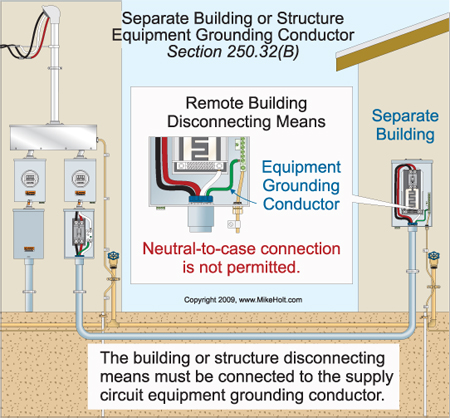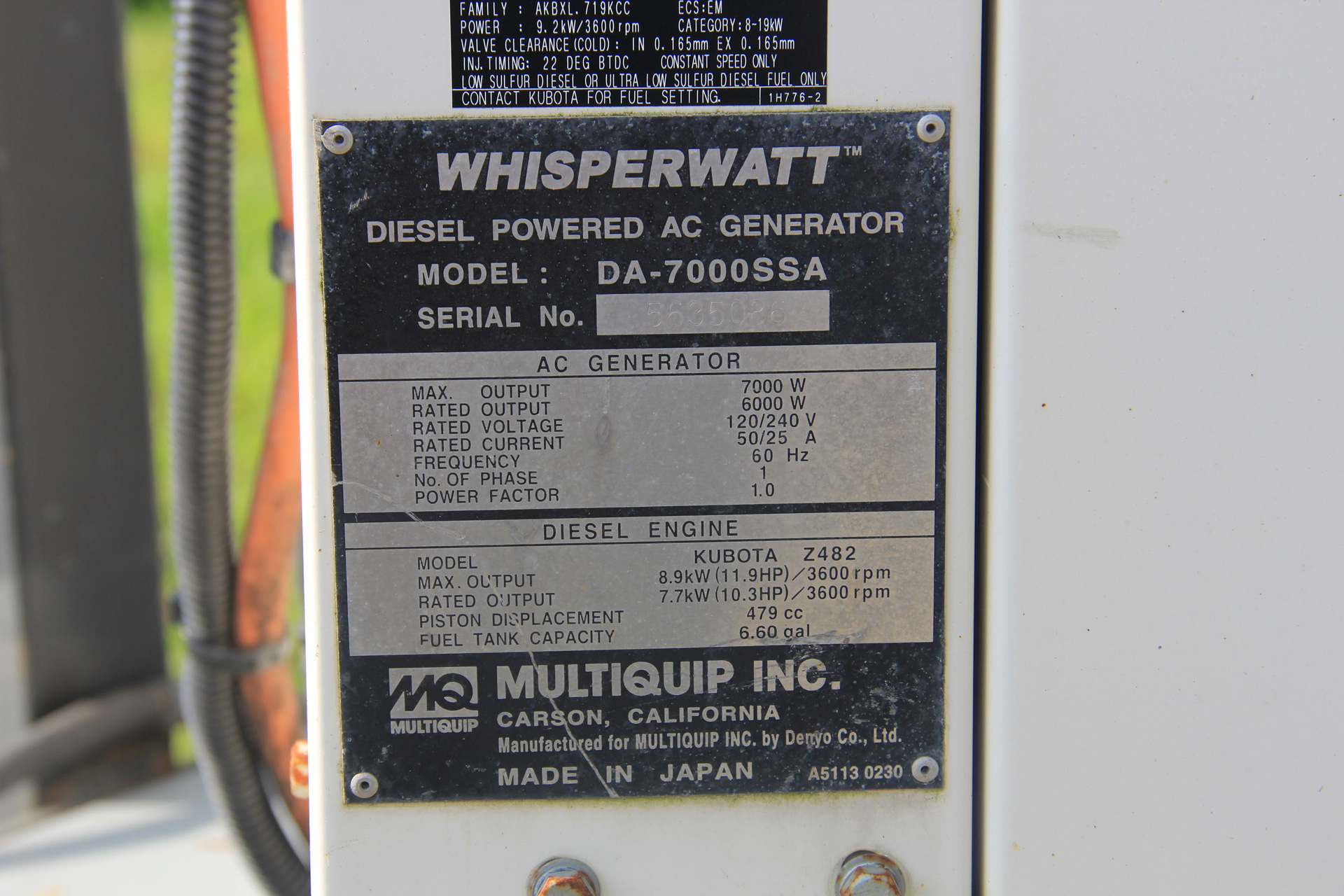

In the event that a high-end device such as a computer plugged into an ungrounded receptacle, the performance of the device may never be affected or problems detected. This will not provide an equipment ground and high-end equipment/computers/TV”s should not be used on this receptacle with an open ground. Incorrectly installed the ground is not present commonly referred to as an open ground. When the installation of the grounded receptacle is correct, the receptacle provides an equipment ground utilizing the round hoe in the receptacle. Most homes that were built prior to the 1960’s have gone through some form or another of modernizing/upgrading the electrical system within the home.Ī non-grounded OutletThe most common is the replacement of the two slot receptacles with the three prong (grounded) receptacles. Homes prior to the 1960”s that have not been updated will most commonly have two slot receptacles. For these adapters to be functional, the grounding of the receptacle body and box is required. The adapters are inserted into a two-prong receptacle and then the adapter spade is secured to the receptacle with the center screw of the cover plate. Electrical devices that require a grounded receptacle (equipment ground) are: high-end appliances, computers, TV’s, stereo equipment, power tools, surge protector strips and any other electrical device with the cord having the third prong.Īdapters are available that allow for a device using a three prong/ground to be utilized in a two slot receptacle.Electrical devices that can be used with non grounded receptacles are: lamps, radios, power adapters, toasters, vacuum cleaners and any item that the cord does not have the round third prong.Devices and locations have been added to this requirement until the grounded system is a requirement throughout a modern residential home. The first requirement for grounded receptacles in residential construction dates back to 1951 when the NEC (National Electrical Code) required laundry areas to have grounded receptacles. Homes built prior to the early 1960’s were most commonly wired with a two-wire system, absent of the modern third wire being an equipment ground wire. First, though I would like to identify that I am a licensed home inspector, however for any electrical work and advice on electrical systems I recommend my customers consult with a licensed electrician as needed. In response to your questions pertaining to receptacles commonly found in residential homes I will start with the basics of the old and the new. After weeks of begging for simple answers to this question, I give you my trusted Licensed Whole House Inspectors response… What does it mean, what are they used for, and what happens if they aren’t grounded. The issue of the grounded and not grounded outlets.

As I go about representing my buyers as an ABR, I find the same topics surfacing each time my clients go through a Whole House Inspection.


 0 kommentar(er)
0 kommentar(er)
